Ring, Nest or Eufy? How to choose the right home security system for your property
Our home technology expert talks through all the different types of security system to help you decide which is best for you
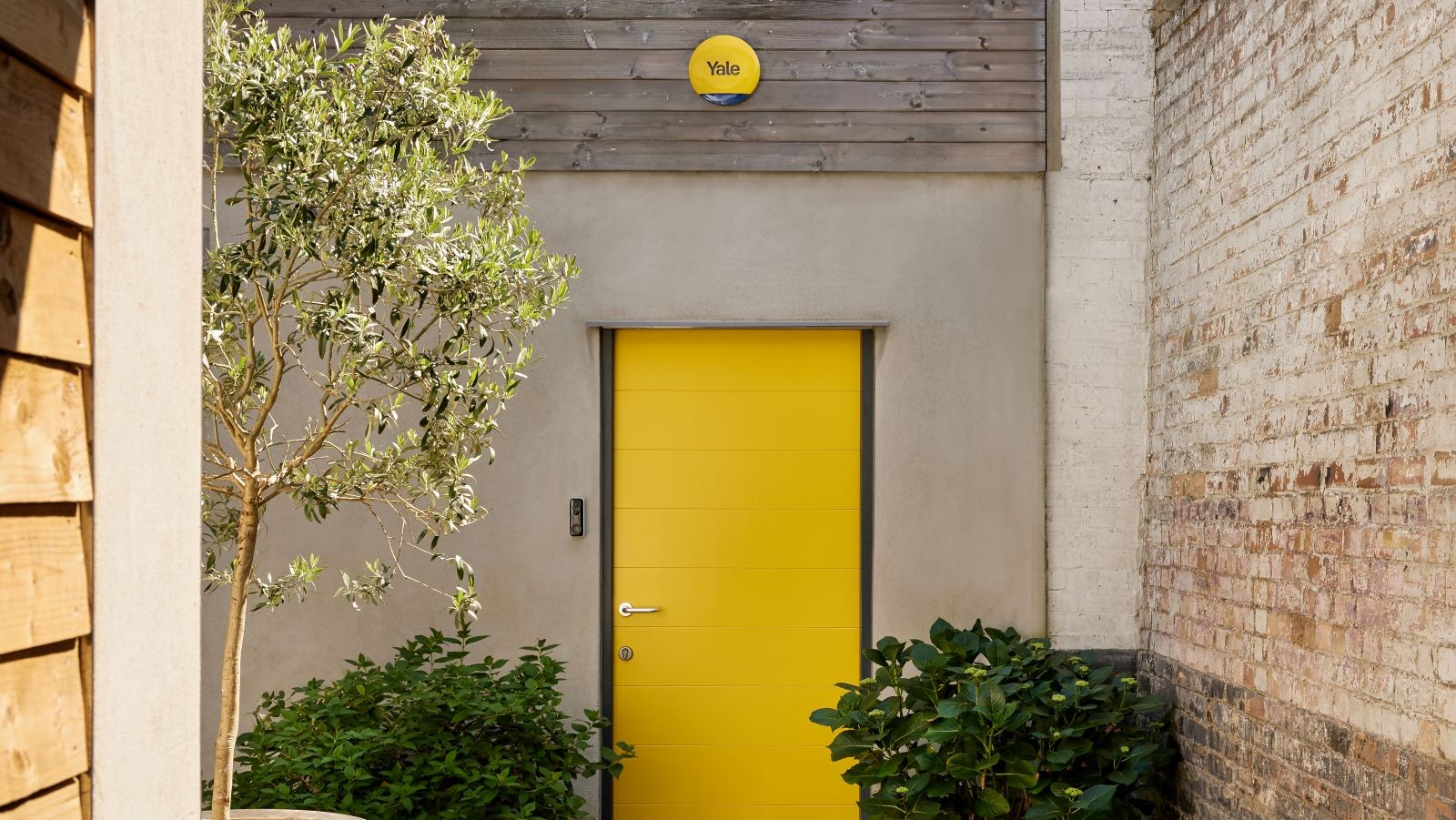
Home security has evolved dramatically over the past decade. Once limited to expensive hardwired systems installed by specialist contractors, basic wired CCTV systems (or a big dog), the industry has been transformed by the introduction of wireless smart home technology.
It’s now possible to build a quality home security system, and install it yourself, for just a few hundred pounds. Smart security cameras with facial recognition, video doorbells, proximity alarms, all linked to your mobile phone offer peace of mind – not to mention an end to lost deliveries – but they have their limits. Advanced custom installed security systems add an extra layer of protection to your property, blending the latest wireless gadgetry with the reliability of a hardwired system.
Which system you need depends on the size of your property, whether you’re retrofitting, installing as part of a renovation, and the size of your budget. We’ve investigated all options to help you make the best decision for your home.
Why home security matters
It doesn’t make for pleasant reading, but in 2024, there were 177,687 home burglaries in England and Wales. That’s an average of 487 per day. And when a burglar enters a victim's home, they cause around £1,413 worth of damage and make off with £2,856 of goods.
If you’ve been the victim of a burglary you’ll know just how distressing it can be. And while some people put it down to bad luck, or opportunistic thieves, the truth is, repeat burglaries are surprisingly common, especially on properties without adequate security measures.
And if these sobering statistics haven’t piqued your interest, it’s worth remembering that many home insurance companies now insist on a certain level of protection including specific locks on doors and windows, and even alarms. What’s more, a quality burglar alarm could actually reduce your premiums in the long run, and offer peace of mind at home.
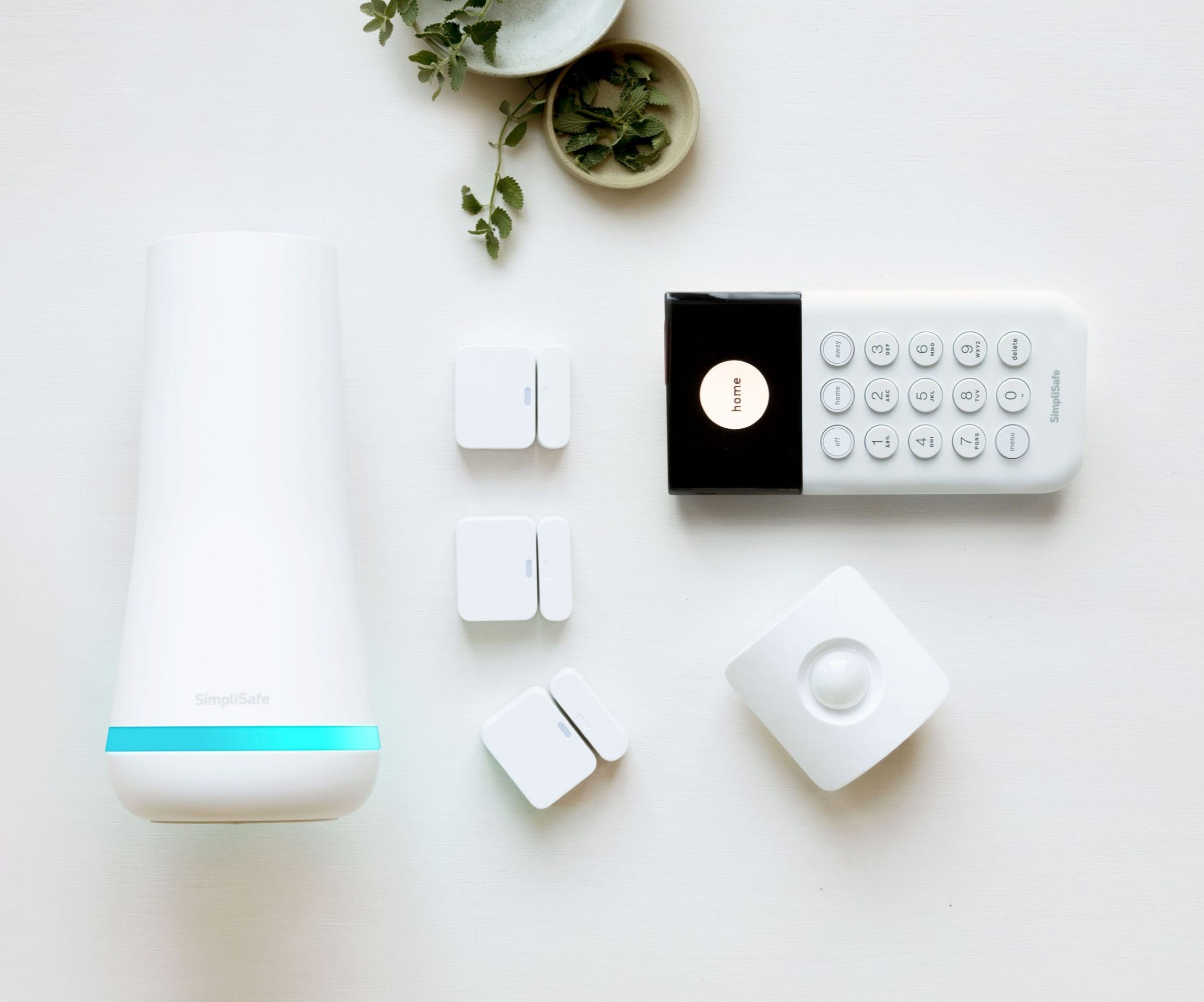
Choosing your security system type
Broadly speaking, home security systems fall into three categories: wired, wireless, and smart. Each comes with distinct advantages and limitations, and there’s no reason why a modern home can't have a mix of all three.
Bring your dream home to life with expert advice, how to guides and design inspiration. Sign up for our newsletter and get two free tickets to a Homebuilding & Renovating Show near you.
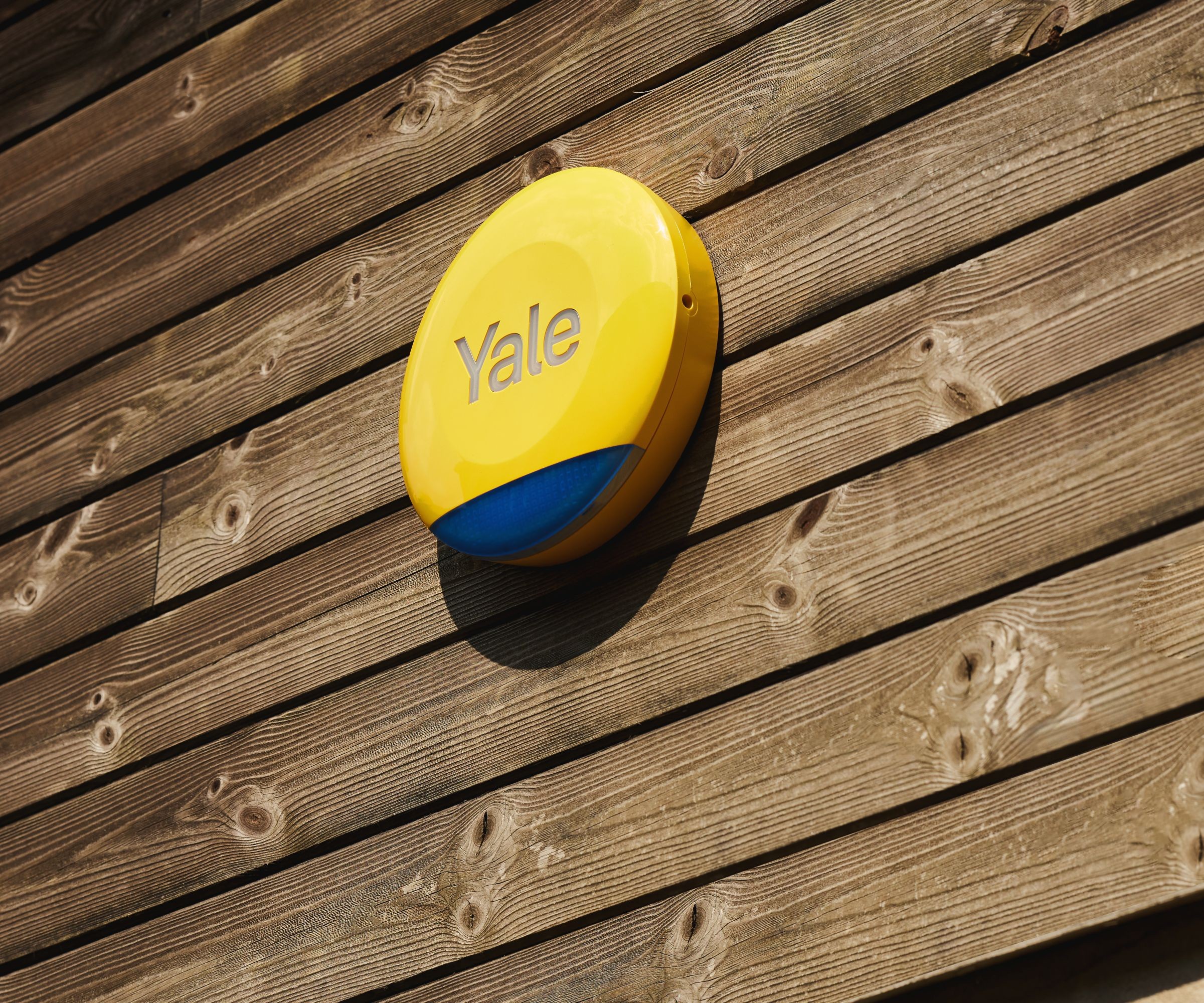
Wired security systems
These are typically installed as part of a renovation or self build project as they require cabling throughout the house linking up hubs, sensors and cameras. They are disruptive to retrofit – tracing in cables is a nasty job at the best of times – but offer the most reliable connection making them ideal for larger homes that need garage security or other outbuildings included too. Being wired also eliminates the need to recharge or swap out batteries, and you’re not beholden to the quality of your home’s Wi-Fi either.
Wireless security systems
Much simpler to install than a wired system, and easy enough for a competent DIYer to fit, wireless systems rely on battery powered cameras, sensors and alarms that communicate with each other either using radio frequencies or Wi-Fi. They're ideal for rental properties as they can move with you. Many ‘wireless’ security options these days are also ‘smart’.
Smart home security systems
The main difference between a traditional wireless and a ‘smart’ security system is the integration with your smartphone or smart speaker (such as Alexa or Google Assistant).
These systems combine wired and wireless components and offer remote monitoring, voice control, and alerts directly to your smartphone. This hybrid style of system allows you to keep an eye on your property, and interact with it, wherever you are in the world.
Products from brands like Ring, Yale, SimpliSafe, and Boundary have made home security more accessible and user-friendly than ever before.
Once connected together via a Hub (plugged into your Wi-Fi router), if someone opens a window or door or walks past a sensor, you will receive an alert on your phone. And if they stray into a camera’s field of vision, you’ll receive a picture or video clip too. Some systems can then sound an alarm or contact the emergency services, and many also enable you to talk through the camera.
The beauty of the best home security systems, however, is in their versatility, as Karl Woolley, head of product security at Yale explains. “The latest designs provide all the benefits of a traditional security system – ensuring your home has visible and audible deterrents to put off potential intruders – with the added benefits of receiving notifications directly to your smartphone, viewing live updates and camera feeds via an app, and having all your smart home devices interact with one another.”

With decades of industry experience, Karl specialises in both smart, and traditional home security products and services. He is an expert in understanding both the threats and solutions available to keep your home safe.
How to plan your home security system
When planning a security system, it’s important to consider how each component contributes to your home’s overall protection. Most systems include a combination of alarms, sensors and cameras but not all are created equal.
An effective alarm system begins with door and window sensors, which detect if an entry point has been breached. These are often supported by small, often battery-powered motion detectors, which can be placed in hallways or key rooms to pick up movement when the system is armed. Glass-break detectors and vibration sensors can add another layer of protection, particularly for homes with large glazed areas.
“The ideal set up would be to ensure every access point and window on the ground level or near a flat roof are protected,” explains Karl. “Most break-ins occur through the front door, so a high level of security here is essential.”
Security cameras are another key component. Exterior models should offer night vision, motion activation and a wide field of view – many now provide excellent 1080p or even 4K ultra high definition resolution. Combination designs, boasting both camera and motion sensing flood lights – Philips Hue has some very stylish smart options that are available on John Lewis – are hugely practical too.
Indoor cameras can also include two-way audio, allowing you to speak to family members (or intruders) via your phone. Leading brands in this space include Ring, Arlo, Blink, Google Nest, and Eufy.
“Most homes typically need two to four outdoor cameras and one or two indoor cameras. Your exact needs depend on your security goals – whether you're monitoring a single entry point or seeking full property coverage,” says Rainey Zhou, residential security expert at Eufy.
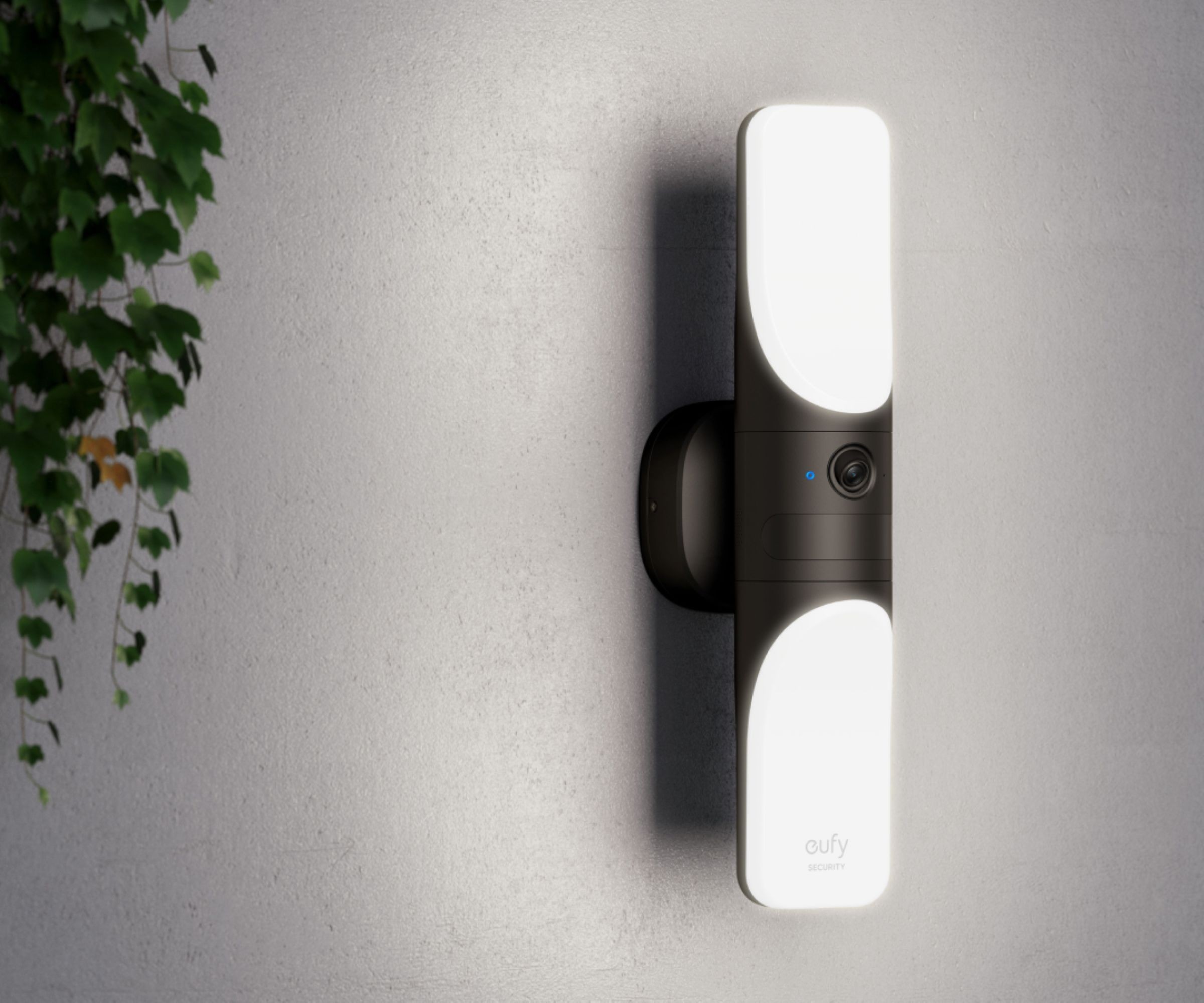

Rainey is a Residential Security Expert at Eufy, with over a decade of experience in the home security industry. She specialises in smart home security systems, offering expert advice and educational content to help homeowners protect what matters most.
Shop security cameras
Smart video doorbells are now a common sight in our homes, and a great first purchase when setting up a smart security system. Products like the Ring Video Doorbell, which can be purchased on Amazon, or Arlo systems combine a camera, intercom, and motion alerts, all accessible from your smartphone. If you get a lot of items delivered by courier, a video doorbell can also be a gamechanger.
Smart locks can also be considered part of a modern home security system. They not only give you the ability to open a door remotely and grant people (such as dog walkers or cleaners) temporary access with a code or key fob, but it’s also possible to tell if an intruder is trying to gain unlawful access.
Professional vs DIY installation
The rise of app-controlled security kits has made DIY installation easier than ever. Brands such as SimpliSafe, Ring, and Boundary offer starter kits that include a base station, keypad, door and motion sensors, and optional extras like indoor cameras or smart locks.
These systems are particularly appealing to homeowners who want a quick and affordable solution. Most components are peel-and-stick or require only minimal drilling, and setup is usually completed via a step-by-step mobile app. Cloud-based control also means updates and changes can be made without calling out a technician.
However, for more complex setups – such as homes with outbuildings, extensive glazing, or multiple entrances – a professionally installed system may offer more thorough coverage. NSI-approved installers are qualified to design, fit and maintain alarms to meet police and insurance requirements. They can also issue certificates of compliance and arrange for monitored response services if needed.
Brands such as Yale, Verisure and ADT offer a turn-key approach to home security, offering everything from sensors, locks, camera and alarms, as well as installation services and emergency monitoring. It’s also worth noting that professional custom installers will be able to incorporate security features alongside lighting, HVAC and Audio Visual technology. For a list of approved contractors, get in touch with the Custom Electronic Design & Installation Association (CEDIA)
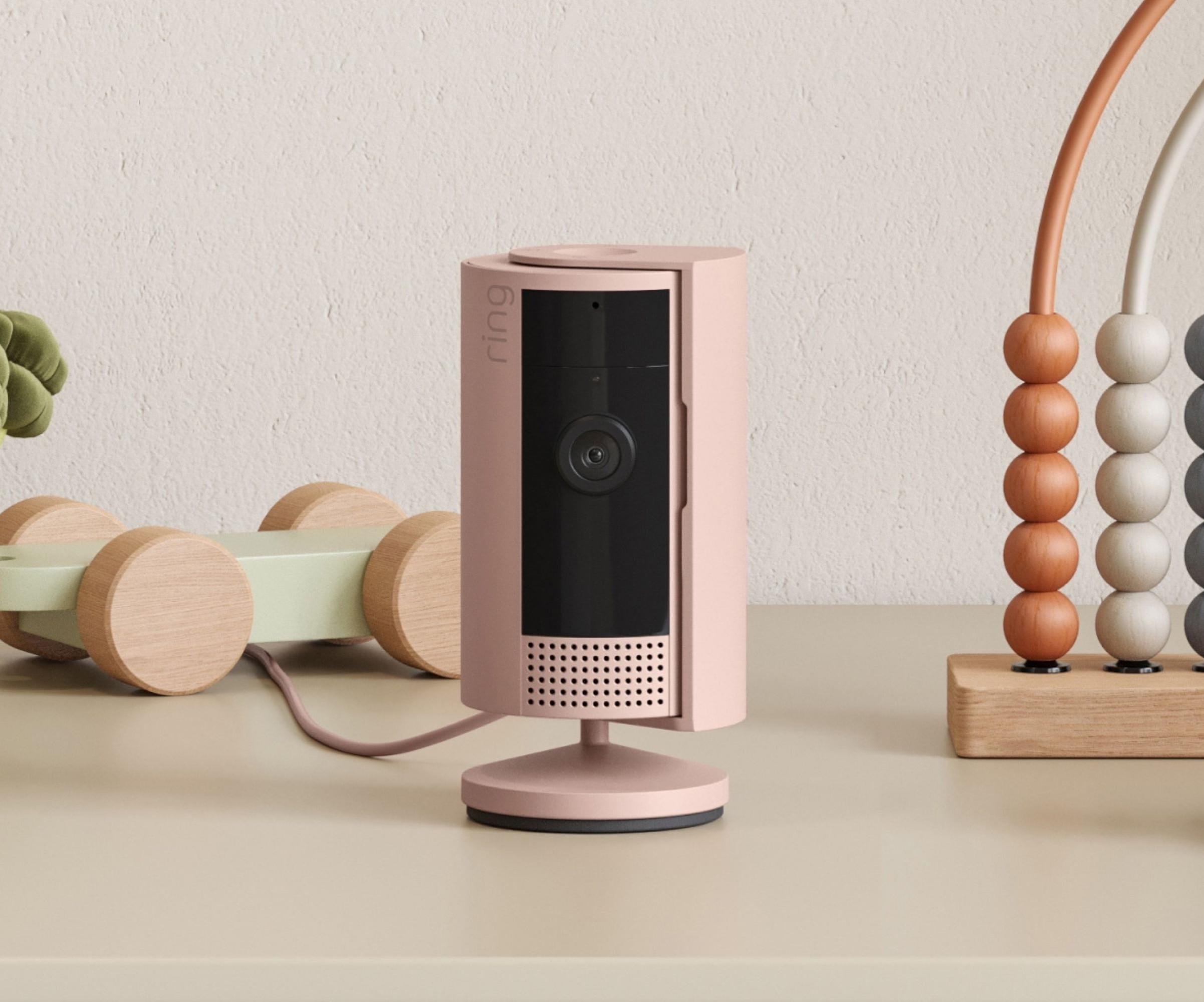
Shop app-controlled security kits
Price of security systems
Looking at home security system costs, a basic smart security kit with a hub, contact sensor, motion detector and siren can start at around £250. Add a doorbell camera and a few extra sensors and you’ll likely spend £400–£500 for a three-bedroom property. Interior and exterior cameras typically cost from £100 each, with more advanced models upwards of £200.
For professionally installed systems, expect to pay from £500 for a standard siren-only alarm setup. A fully monitored, police-response system could cost £800 or more upfront, with ongoing monthly subscriptions depending on the level of service.
Subscription vs subscription free
Many smart brands such as Ring and Arlo offer subscription services – typically between £5 and £40 per month – for enhanced monitoring. You don’t need a subscription to use your smart devices, but typically you won’t have access to video recording, cloud storage, or advanced motion detection features.
And like traditional security firms such as ADT or Yale, some smart security subscription plans add professional monitoring and emergency response. An audible alarm will hopefully scare off intruders, a connected subscription-based system can notify your phone, send an alert to a nominated keyholder, or contact a professional monitoring centre any time day or night.
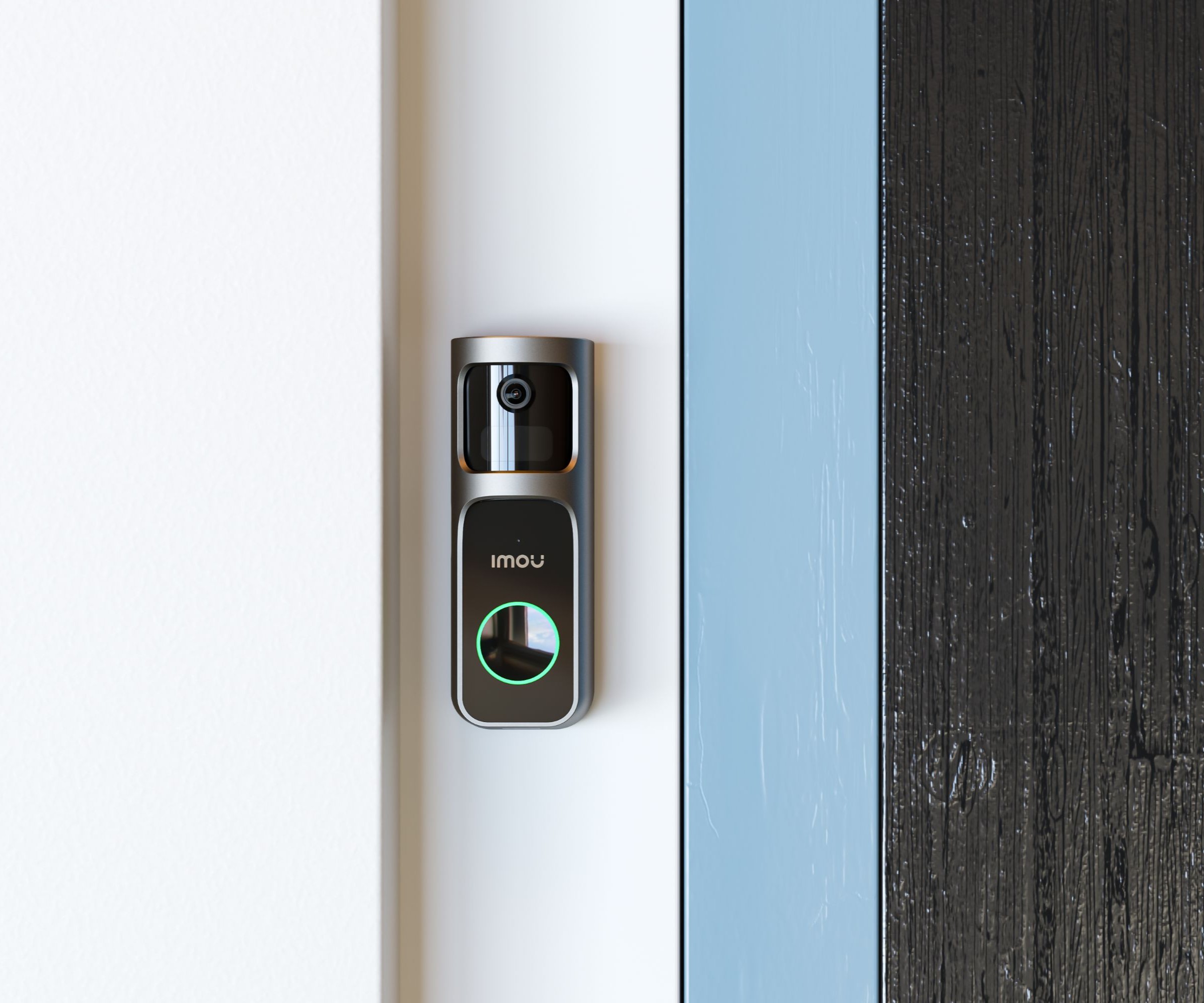
Home security isn’t just about reacting to the threat, it’s also important to prevent it from happening in the first place. By combining the sensors and cameras discussed above, with smart lighting for instance can help make your home look lived in, even when you’re away.
Wi-Fi connected lighting systems from brands like Lutron, Philips Hue, and Innr can simulate occupancy by mimicking light patterns; turning on at dusk, randomly switching lights on at night to suggest someone is moving between rooms for instance. If a sensor or doorbell is activated for instance, you can easily program a light to come on in a bedroom, suggesting you’ve just been woken up.
Smart blinds and curtains from brands such as Somfy and Switch Bot can do a similar job, opening and closing at set times, all adding to the realism.

Chris Haslam is an award-winning journalist with over 20 years’ experience specialising in consumer technology, smart home, audio, outdoors, fitness and sustainability.
He writes reviews and guides for a wide selection of magazines and websites including Homes & Gardens, Ideal Home, Livingetc. and is Contributing Editor at Wired magazine.
His house is full of gadgets, but he still hasn’t forgiven the robot vacuum for ripping out the broadband cable.






